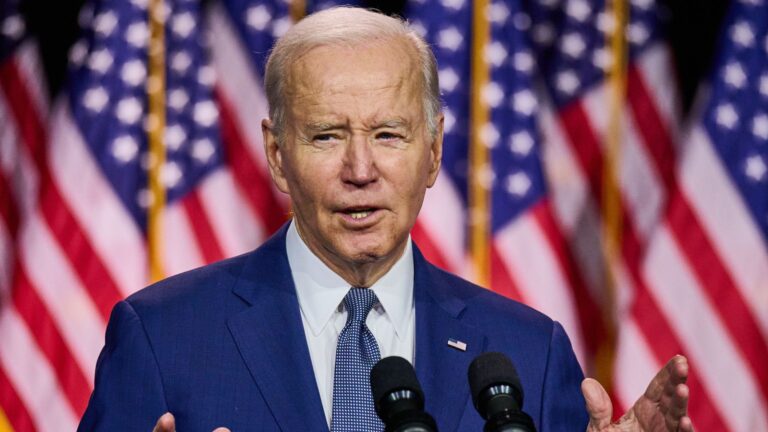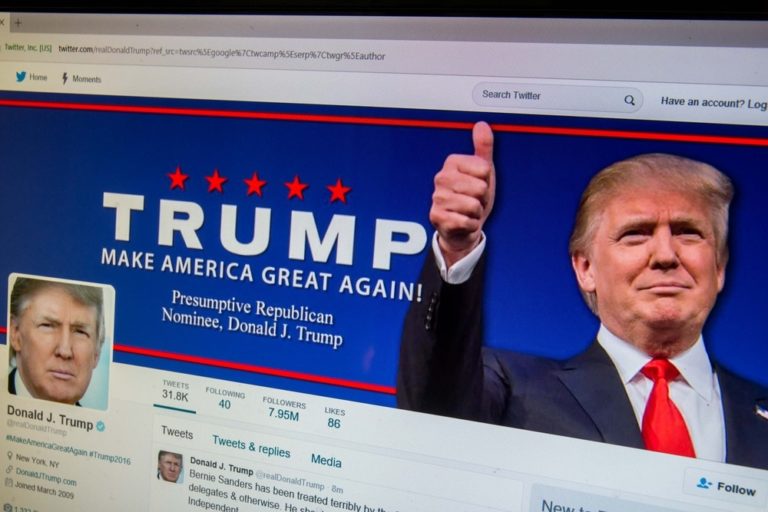Key Takeaways:
- A judge blocked the Trump administration’s attempt to stop NYC’s congestion pricing program.
- The program aims to reduce traffic, cut pollution, and fund transit improvements.
- The ruling ensures the program continues while legal battles proceed.
- Opponents argue it harms the economy, but supporters say it’s working well.
- Traffic has dropped by 11%, and the program raised $159 million in its first three months.
What’s Happening With Congestion Pricing?
New York City’s congestion pricing program just got a big win in court. A judge stepped in to stop the Trump administration from trying to shut it down. This program charges drivers a fee to enter busy areas of Manhattan to reduce traffic and raise money for better public transit.
The judge’s decision means the program will keep running while the legal fight continues. This is a huge relief for city officials who say the program is already showing positive results.
Why Is the Trump Administration Opposed?
The Trump administration doesn’t like the congestion pricing plan. They claim it will hurt the local economy and unfair to working-class families and small businesses. Trump officials even threatened to withhold federal funds for transportation projects in New York to try to stop the program.
But Democratic Governor Kathy Hochul and city leaders disagree. They argue the program is necessary to fix the city’s aging transit system and improve air quality.
How Is the Program Performing So Far?
Despite the opposition, the program seems to be working. Since it started earlier this year, traffic in Manhattan has dropped by an average of 11% daily. The tolls have also raised a lot of money—$159 million in just the first three months. Officials expect to raise $500 million by the end of the year.
Public opinion is shifting too. More people are starting to support the program. In December, only 29% of residents approved of it, but by May, that number grew to 39%.
Why Is This Program Important?
Congestion pricing is a big deal for New York City. The program targets some of the busiest and most polluted areas of Manhattan. By charging drivers to enter these zones, the city aims to discourage too many cars from clogging the streets. This helps reduce traffic jams and lowers air pollution.
The money raised from the tolls will go toward improving the city’s public transportation system, which is over 100 years old. Upgrading trains, buses, and subway stations will make getting around easier and cleaner for millions of people.
What’s Next in the Legal Fight?
The judge’s ruling is a temporary win for New York, but the battle isn’t over. The Trump administration could appeal the decision, and the legal process may take months or even years to resolve. For now, the program will keep running, and drivers will continue to pay the tolls.
The outcome of this case could set a precedent for other cities considering similar programs to reduce traffic and pollution.
What Do People Think About the Program?
Opinions on the program are mixed. Supporters say it’s a smart way to tackle traffic and fund better transit. They point to the drop in traffic and the money raised as proof it’s working.
Opponents, like Trump and some local business groups, argue the tolls are unfair. They say it punishes people who can’t afford to pay extra to drive into Manhattan.
So far, the program seems to have more support than critics expected. But as the legal challenges continue, it’s unclear how the final outcome will look.
The Bigger Picture
Congestion pricing isn’t just about traffic or money—it’s about creating a more sustainable and livable city. By reducing the number of cars on the road, the program aims to make the air cleaner and streets safer. It also funds improvements to public transit, which is crucial for low-income residents who rely on buses and trains.
As cities around the world grapple with traffic and pollution, New York’s congestion pricing experiment could serve as a model. If it succeeds, other cities might adopt similar programs.
Final Thoughts
For now, New York’s congestion pricing program is safe, thanks to the judge’s ruling. The legal fight isn’t over, but the program has already shown promising results. Whether you support or oppose it, one thing is clear: this program is shaping the future of transportation in one of the world’s busiest cities.
Stay tuned as this story continues to unfold. The outcome will have a big impact on how New York moves forward—and maybe even how other cities handle traffic and transit in the future.










